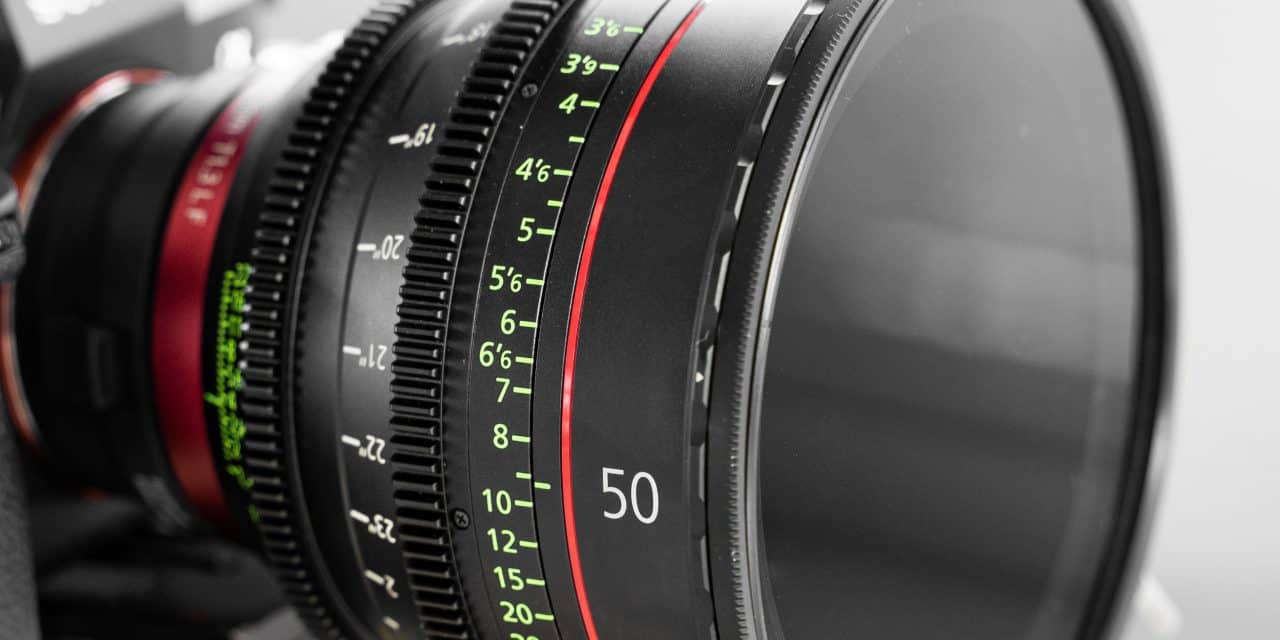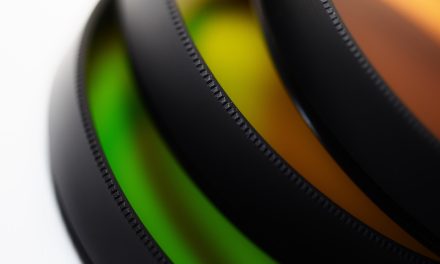Let’s go over a few fundamentals first before discussing the applications for a Pcl filter and the circumstances in which it works best.
A glass accessory called a CPL filter, which stands for circular polarizer/linear, helps lessen glare through reflected surfaces. Although there are several versions in the industry, the circular variant is the most common, in part because it can simply be attached to the end of almost any camera lens.
Utilizing a CPL Filter
We might go through many other circumstances, but let’s focus on just a few you’re likely to experience while taking pictures daily to save time and space.
ELIMINATING GLASS IMPLICATIONS
One of the things new photographers learn is how challenging it may be to snap pictures via a window. The polarization effect, which might lessen all unwanted light patterns that obscure the content of your image, is provided by a polarising filter. The same is true for light that is reflected off of the water.
A circular polarising lens filter is especially useful for photographers who want to avoid distracting light streaks and glare while shooting through windows or glass structures. A CPL filter may reduce shine and reflections in photographs of painted objects like cars and buildings.
In addition to improving visual clarity, a CPL filter will help lessen glare from reflected surfaces. Turning the filter to raise the intensity of glare, however, may improve the color and clarity of rainbows, which are generated by direct sunlight when the sun’s rays and moisture mix.
SLOWING DOWN WATER REFLECTIONS
Reducing reflections from our past surfaces is one of the most popular applications for a circular polarising lens filter. Any photographer working outside will be too aware of reflections’ annoyance, especially in bright or sunny conditions. These reflections may easily detract from the subject of a photograph. Adding a CPL filter to your camera lens may help reduce obtrusive reflections.
The filter decreases dispersed light and eliminates reflections of something like the sky or other elements on the surface of the water, which is very useful when photographing water or wet surfaces. This makes the water’s finer details, particularly the surface underneath it, more obvious.
REDUCING HAZE
A circular polarising lens filter may boost contrast and fix any clarity issues caused by aerial or environmental haze in photographs. Photographers using CPL filters to capture distant views like cityscapes or mountain ranges contend that they work similarly to UV filters to reduce atmospheric haze. In turn, distant objects may look crisper with improved clarity and color saturation.
BLINDING THE SKY
A darker, menacing-appearing sky heightens the suspense in your landscape photograph. The same might be said for rounds fired inside if the goal is to evoke an ominous environment. You may do this with the help of a decent CPL filter without making the situation seem strange.
BLUE SKIES PUSHING
Because you may legitimately want to alter the amount of color based on your goals, this illustration blurs the lines between when to not use a polarising filter. The CPL might be helpful in this situation if you want to intensify the hue of a blue sky.
You may alter the color impact of your images to increase contrast since CPL filters filter out certain light wavelengths. For example, if you photograph the sky, the filter may deepen the blue or enhance the visual impact of plain clouds.
IMPROVE vibrant foliage
The CPL filter may enhance contrast, vividness, and saturation in images of foliage or woods. It may make the hues of nature richer and more verdant. When the colors of nature are at their best in the fall, the filter may truly shine. Additionally, a CPL filter may eliminate shine and reflections from plants, trees, and leaves, resulting in distraction-free, clear landscapes.
REDEEMED RICHER COLOR
To generate deeper, richer, or more intense tones, you could use a circular polarizing lens filter. This is particularly important if you want to give a picture drama, mood, or even a feeling of tension.
To get the desired effect, experiment with the filter’s rotation while balancing a relaxed appearance with a surrealistic appearance. Shoot at a 90-degree angle from the sun or other light source to get the most out of the linear polarisation effect.
When NOT to Use a CPL Filter
The lack of a circular polarizing lens (CPL) filter would be disastrous for many outdoor or landscape photographers. Certain light wavelengths may be blocked out by spinning a circular polarising filter. Doing so may lessen glare, haze, and reflections from things like water, glass, or moving automobiles. It’s also wonderful for lowering the sky’s contrast to give your images a little more drama.
Even though circular polarising filters have numerous beneficial applications, there are times when they may be detrimental. They should be removed from your lens in these circumstances.
BRIGHT REFLECTIONS
Reflected light may sometimes improve a photograph, particularly if somehow the light itself has an unusual hue. For example, if the sky is crimson in the evening, this might generate a bright impression that is best retained.
The reflected light is often seen negatively in photography. Therefore we try to minimize it by using a circular polarising filter. But in other scenarios, such as a vividly colored sunset, reflected light may enhance the drama and aesthetic appeal of a photograph. In these situations, it is advisable to avoid using a CPL filter.
Particularly if the reflected color has an odd or contrasting hue, this may add interest and character to a picture. Polarized light need not always be a drawback!
THE MUDDY LOOK
Water is clear, making it challenging to photograph with a lens. Although it might be difficult to distinguish between a wet and dry rock, this problem can be solved by letting light reflect off the droplets.
Since water is translucent, it may be challenging to use photography to emphasize water in a picture. In photographs, it’s not always possible to determine if a rock is wet or dry, but by taking off your CPL screen, you may catch the light reflecting off water droplets giving them a wet, shiny appearance.
RELATIONSHIPS WITH WATER
Although reflections on waterways are a panorama photographer’s worst nightmare, you could sometimes find them rather attractive. You may still have the perfect combination if you want to preserve the reflections but get rid of the bothersome glare while ensuring that color saturation is increased.
You’ll have to take two pictures, one with and one without a polarizer. You may combine the two exposures in post-production, using the best elements of each image. You may also try mixing many long exposures to get some amazing effects!
FILLING IN-DEPTH WITH REFLECTIONS
Sometimes you may want to add reflections or shadowing to an item to give it a feeling of depth. A colorful ball could seem like a flat disc when photographed. It has a convincing three-dimensional illusion when there is light refracting off the curved surface. Avoid using a circular polarising filter in this situation.
CPL filters for NIGHT SHOOTING often perform at their peak during the day, especially on sunny days. Therefore, if you shoot shots at night, you probably won’t get much use out of this filter.
When photographing at night, you’ll probably want to rebound the same or more light as you can since there won’t be much light to begin with, to illuminate your subject. According to our explanation of exposure compensation when using filters, any filter that completely shuts out sunlight in this situation would be detrimental rather than beneficial.
When photographing at night, a CPL filter will help limit light entering your lens, and it’s the last thing you’ll want because you’ll likely want to use a slow shutter speed given that it’s already completely dark. In this case, don’t use a CPL filter on your lens. Similarly, because glare or reflections won’t be necessary, it isn’t worth utilizing a circular polarising filter in fully shaded locations with very little light.
SHARP RAINBOWS
If you photograph rainbows, there is another situation where you should not use a circular polarizing filter. Since a rainbow is essentially simply light that has been reflected, it will disappear if you place a modulator on your lens. You just need to remove your CPL filter for it to resurface.
FILTERS FOR CIRCULAR POLARIZING ON Big LENSES
A wide-angle lens with a circular polarising filter is often unsuitable. This is true because wide-angle lenses often cover an area larger than 90 degrees, and CPL filters perform best when they are at an angle of 90 degrees or greater from a laser intensity, such as the sun. Your shot will have an inconsistent polarising effect as a consequence.
With a circular polarising lens filter, the sky may not seem uniformly colored if you use a wide-angle lens. So, limit yourself to lenses that are no wider than 24mm. However, you could genuinely like the impression it produces, depending on your preferences.
Digital Post-Production vs. Circular Polarizing Lens Filters
Although color adjustments in post-production software are possible, they cannot duplicate the effects of a circular polarizing lens filter. For instance, removing haze and reflections during post-processing is difficult.
Landscape photographers who want to take outstanding pictures may struggle if they don’t have a CPL filter in their gear. Using a circular polarising lens filter is like doing real-time picture modification. Eliminating the need for subsequent post-editing tools saves a lot of time.
Is a CPL Filter Required?
CPL filters are a crucial component of any landscape and outdoor photographer’s toolset since they offer several advantages and no obvious downsides. Their simplicity, adaptability, and straightforward physics make them a reduced, high-reward investment for developing better, more engaging graphics.
You may use them to reduce light and reflections, improve color and clarity, and produce almost surreal photos. Without any extra work on your side, they may bring depth, drama, and intensity to your pictures.
Although UV filters are undoubtedly the finest protective filters, CPL filters have several advantages that should convince you to keep them in your kit bag. There’s no need to leave home minus one, even if they might not have been a filter you want to have on your lens all the time!
You may not be aware that Urth produces CPL filters to prevent deforestation. For each filter bought, five trees are grown in arid environments. Buy CPL filters from our selection here.







